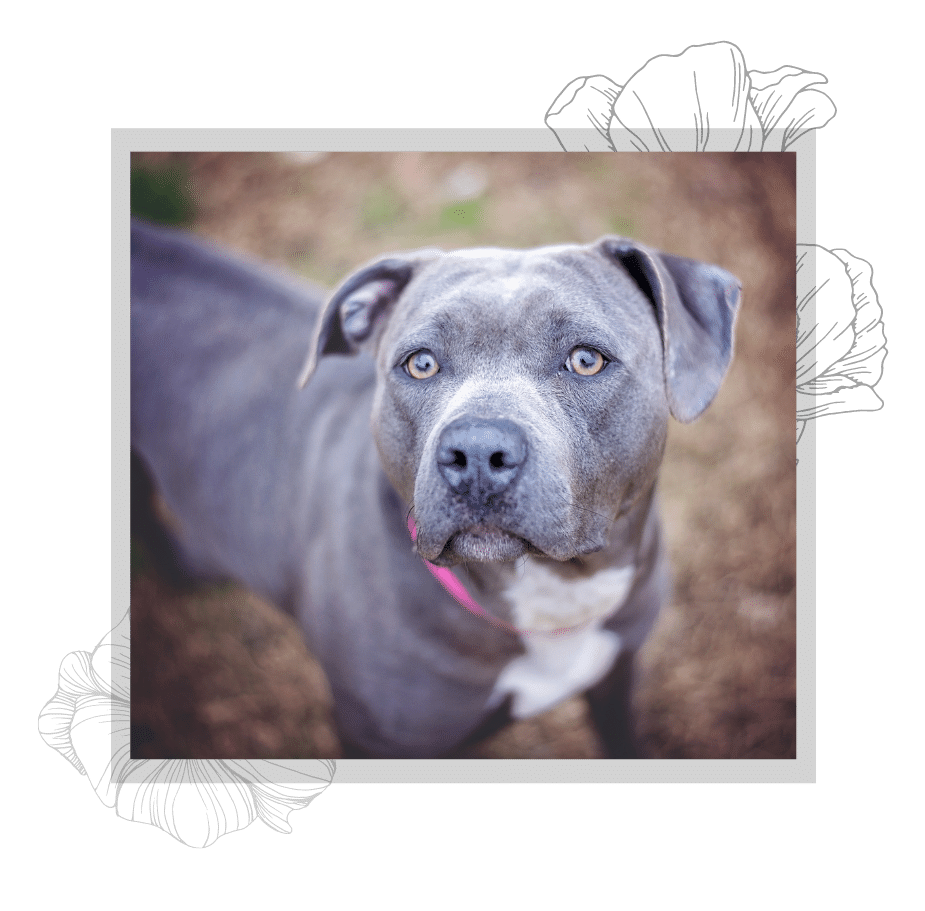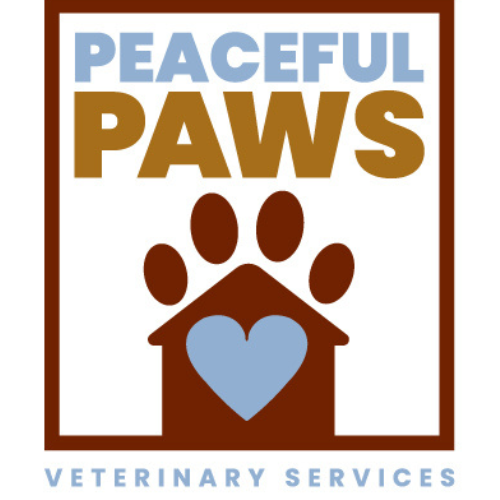Peaceful Paws Veterinary Services
Quality of Life
What to we mean by “Quality of Life” or QOL? If we can define what we mean by QOL, it may help us in answering the intensely emotional and difficult question, “When is it time?”

Peaceful Paws Quality of Life and Pain Assessment
You may have had friends, family or even veterinarians tell you “You’ll know when it’s time.” or that your beloved pet will “give you that look when it’s time”. While this may sometimes be true, it may not happen until there is a crisis or emergency situation. If one of your priorities is to be able to say goodbye at home, in a calm and peaceful manner, the decision may take some planning, and be more of a leap of faith. QOL is made up of physical parameters, as well as social and emotional parameters.
A very basic list of QOL parameters
- Mobility – Is your pet able to get up on their own? Can they lie down easily? Are they able to get outside to take a walk or eliminate, get to the litter box, move around to their favorite spots?
- Appetite – Is your pet eating a normal amount or close to it? Are they nauseated or vomiting?
- Hydration – Is your pet drinking? Are they drinking a normal amount? Do they have increased or decreased water intake? Are they losing fluids due to vomiting or diarrhea?
- Hygiene – Is your pet incontinent? Are they eliminating on themselves? Are they grooming (cats)?
- Breathing – Is your pet breathing comfortably? Are they having any respiratory distress or frequent coughing?
- Pain Level – Is your pet moving about comfortably and with ease, or are they very stiff, slow moving or limping? Are they moving about, or staying in one place most of the day? Are they able to sleep comfortably at night? Do they avoid touch or flinch when petted?
- Happiness – Is your pet generally happy and content? Are they often afraid, anxious or confused? Are they still able to enjoy at least some of their favorite activities?
- More Good Days Than Bad – Is your pet having more good days than bad overall? This may take some consideration in defining what is a “good” day and what is a “bad” day at this stage of their life.
Helpful Resources
The resources provided below may aid you further in assessing your pet’s quality of life, and pain level. Need additional support? A Virtual Quality of Life Consultation may be appropriate. We are here to help.
